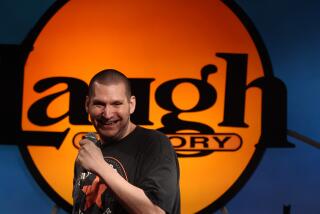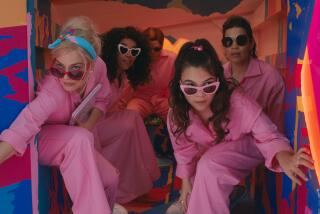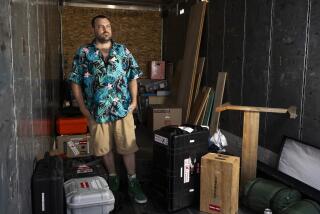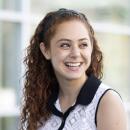How entertainment professionals with disabilities are fighting for inclusion
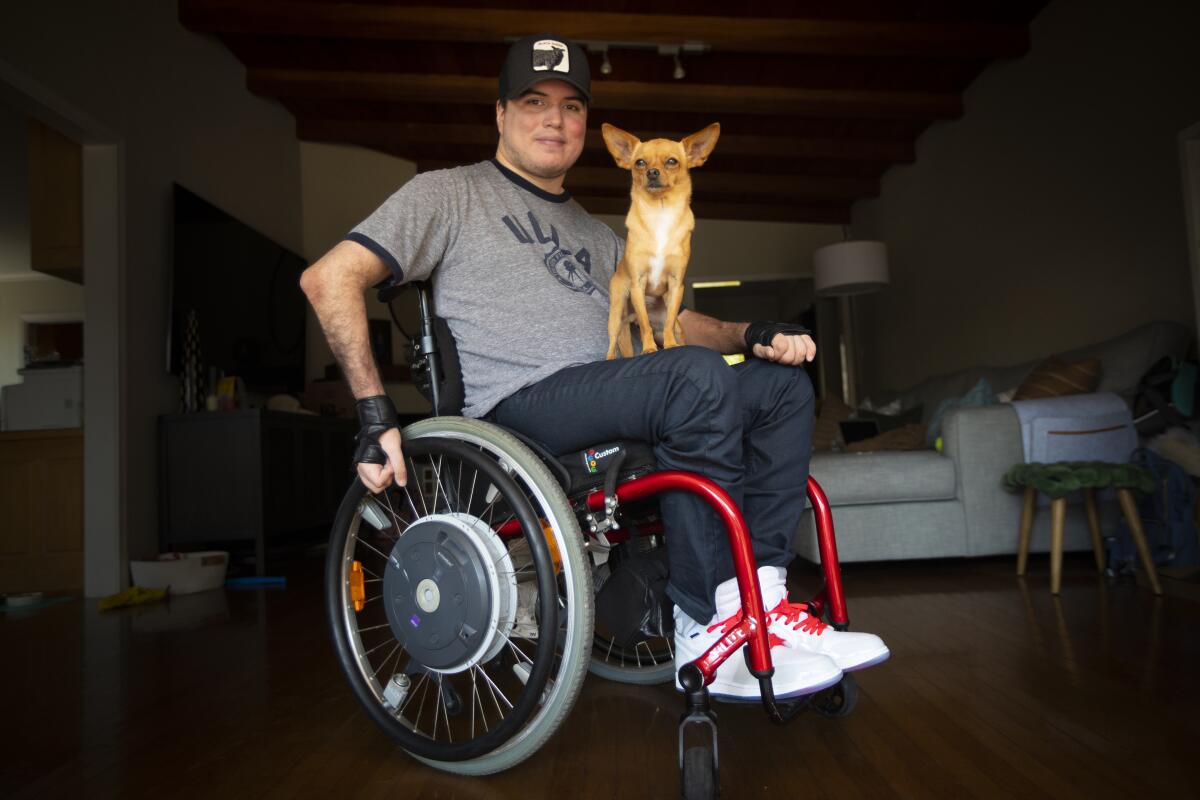
- Share via
An L.A. lab building a pipeline for talent with disabilities went virtual this year — one of the few experiences that COVID-19 made more accessible.
In its second year, RespectAbility’s Summer Lab for Entertainment Professionals With Disabilities connects people interested in — and with experience in — development, production and postproduction (think: writers, directors, producers, cinematographersand animators) with leaders in the industry, and with one another.
By switching to 15 virtual sessions (in place of last year’s in-person 10), the lab became easier for those with physical disabilities to attend. Sign-language interpreters appeared at each session, live captions ran across Zoom screens, and some partner studios saw the event as a model of accessibility.
Major studios, networks and production companies (the lab featured speakers from NBCUniversal, Sony Pictures Studios and the Walt Disney Studios), are becoming increasingly interested, it seems, in the $1-billion market segment of consumers with disabilities.
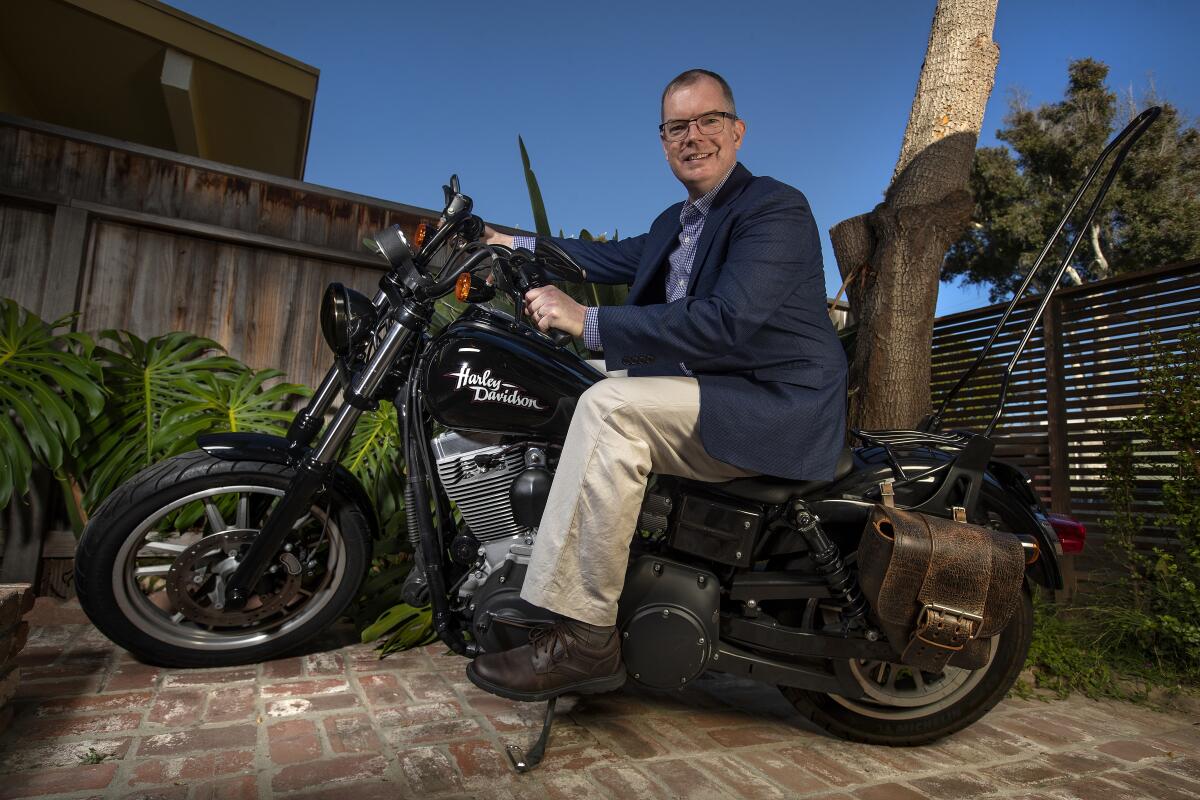
“Hollywood is now seeing that audiences have become much more sophisticated and culturally proficient, and they are craving authentic and honest portrayals with nuances that can only come from the minds of people that have lived these experiences,” lab co-founder Delbert Whetter wrote in an email. “The challenge for Hollywood is that we will be unable to meet that demand unless there is a robust, thriving pipeline of film and TV professionals with disabilities in place.”
The lab has assembled the pieces — faculty advisors, speakers, 30 participants from across the industry — and built that pipeline. Whetter, who is deaf, has recently been involved with various filmmaker development programs, including the Producers Guild of America’s Power of Diversity Master Workshop.
“During those programs, I kept thinking to myself, ‘What if I had this experience when I first started in this business 20 years ago?’” he said. “What if many other people with disabilities had this experience? Maybe we wouldn’t be as far apart as we are today on the inclusion, representation and portrayal of people with disabilities in our media industries.”
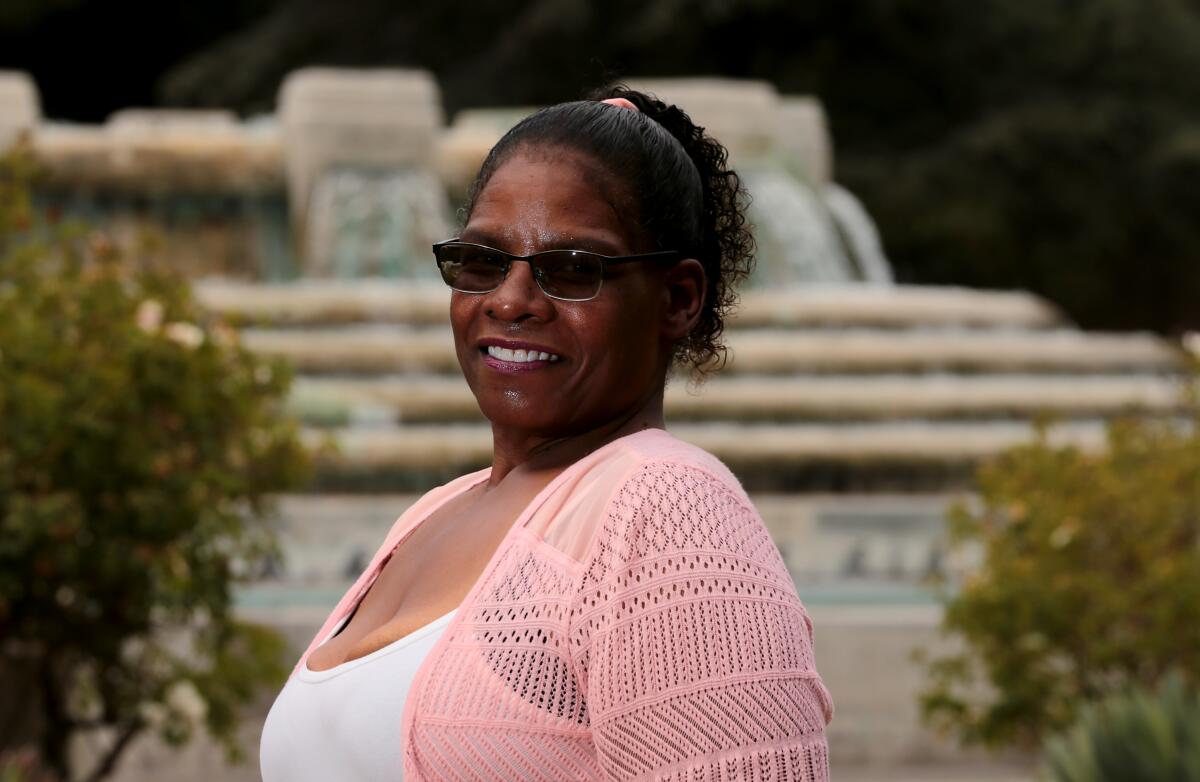
In the 2019-20 TV season, just 3.1% of characters had a disability — the highest percentage that LGBTQ media advocacy organization GLAAD has ever found. That figure stands in stark comparison with the fact that one in four American adults live with a disability.
“There’s always the case that whenever you’re underrepresented, you have to navigate the world differently, work twice as hard,” said emerging track lab participant Roque Renteria. “It was refreshing to hear writers with disabilities were able to navigate and had broken through, even though inclusion is still nowhere near where we want it to be.”
Renteria, who uses a wheelchair, is an L.A. native, comedian and screenwriter. Over the phone, he points out the entertainment industry’s current push for story lines centered around diverse perspectives — shows like Issa Rae’s “Insecure” or Ramy Youssef’s “Ramy.” But he questions minority characters penned by nonminority writers.
“There’s nothing wrong with inclusion, but if that inclusion comes at the expense of getting rid of authentic voice, then is that more of a disservice?” Renteria asked. “These are the questions the industry’s asking, and these are questions we can’t just answer over a phone call. It’s gonna take years and several cups of tea to get to the bottom of.”
And it’s not just writers. Hollywood seems to have a penchant for casting abled actors to play actors with disabilities. Sixty-one actors have been nominated for an Oscar after playing characters with a disability, and 27 of them won. Only two of those characters were portrayed authentically by actors with disabilities.
Going forward, Renteria hopes to work in his wheelhouse: dark comedies and historical dramedies. Although he performs stand-up under an anglicized stage name, Greg Roque, he was born to two Mexican parents and identifies proudly as Chicano.
“My identity has taught me that a lot of how we see ourselves is our socialization, and it’s thrust upon you,” he said. “In recent years, I’ve seen myself as a disabled screenwriter first, because I think that’s the immediate demographic I fall into ... and then underneath that, Hispanic.”
As intersectionality gradually becomes a buzzword in Hollywood, the industry is beginning to take notice that disability status cuts across every other marginalized population in the same way that race, ethnicity or LGBTQ identity does. Just this year, GLAAD analyzed the number of LGBTQ characters with disabilities in major motion pictures for the first time. There was only one.
One potential step toward growing intersectional inclusion lies in representation — on screen, behind the scenes, and on set.
“The more folks with disabilities behind the camera, the more likely we’re going to see more accurate representation on screen,” lab director Lauren Appelbaum said. “If the person giving you your coffee has one arm or has Down syndrome, and your HR person uses a wheelchair, then a writer is more likely to think about writing characters with disabilities in.”
Appelbaum, who lives with chronic pain (reflex sympathetic dystrophy), co-founded the lab with Whetter and works as the vice president of communications at RespectAbility. She was excited to see applications from people who weren’t already instilled in the entertainment industry’s disability community.
“An unintended but very good consequence from last year was that a lot of folks who had disabilities who didn’t realize that there were other folks who had disabilities like them were able to find people,” she said. “People were mentioning this year: They found their tribe, and were able to have folks that they felt they could be open with.”
Film schools don’t teach their students how to navigate seeking accommodations. The lab then, serves as a space for participants to connect and learn from one another as well as a professional networking opportunity.
Lab faculty advisor and speaker Cheryl Bedford, a producer and line producer, has combined those two ends — solidarity and networking — in one place: her Women of Color Unite organization.
“At Women of Color Unite, we have saying: We leave no marginalized group behind,” she said. “I think when you are a marginalized person, I just believe in helping out other marginalized people, regardless of race or gender.”
Bedford, who does not have a disability, founded Women of Color Unite (WOCU) to champion fair access, fair treatment and fair pay for women of color in the entertainment industry. Two lab members — program associate Tatiana Lee and midcareer track participant Diana Elizabeth Jordan — moonlight at WOCU as disability advocates.
As one of about 25 speakers during the five-week Lab, Bedford discussed how to turn fear into action in the industry.
She talked about “the fear of being a marginalized person, the fear of this town not deeming you worthy, which this town is really, really good at,” she said. “And I talked about that being fearless isn’t about having fear. It’s about having fear and doing it anyway.”
For midcareer track participant Ashley Eakin, sometimes that fear is about what a lack of representation for people with disabilities could mean for the success or failure of her projects.
“At the end of the day, the more projects about disability that are out there, it’s going to be easier and people will receive it better,” she said. “Because I always fear that if my project’s the only one, or one of few, people are really going to be heavy on criticizing it. The spectrum of disability is so vast.”
Eakin herself has Ollier disease and Maffucci syndrome, both bone disorders, but various participants had disabilities ranging from visible, like paralysis and cerebral palsy, to invisible, like chronic depression and borderline personality disorder.
The more content produced by and for the disabled community, Eakin said, the more perspectives will be included — and the greater the overall quality of the work. And the writer-director knows a thing or two about quality work: Her short film “Single” won a special jury recognition award at this year’s South by Southwest festival.
She wrote and directed the film — which tells a story of disability, dating and internalized ableism through deeply saturated hues.
“Directing is something I’ve fallen in love with, and then I came back to writing, because there’s no stories about disabilities,” Eakin said. “I actually have to write it to direct it.”
More to Read
The biggest entertainment stories
Get our big stories about Hollywood, film, television, music, arts, culture and more right in your inbox as soon as they publish.
You may occasionally receive promotional content from the Los Angeles Times.
